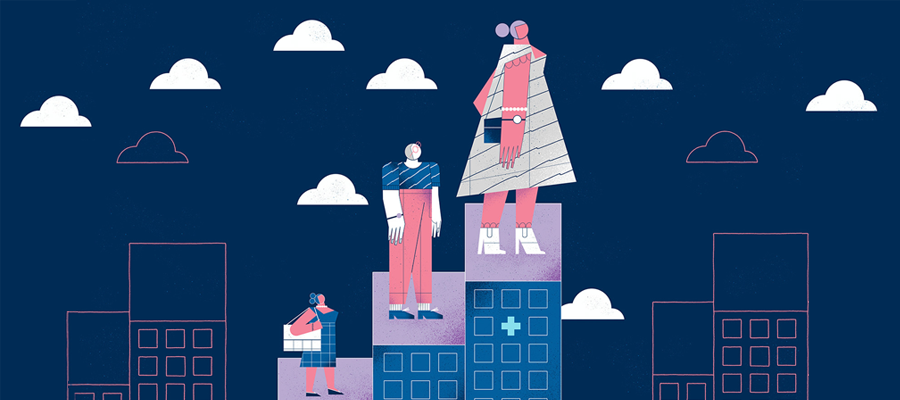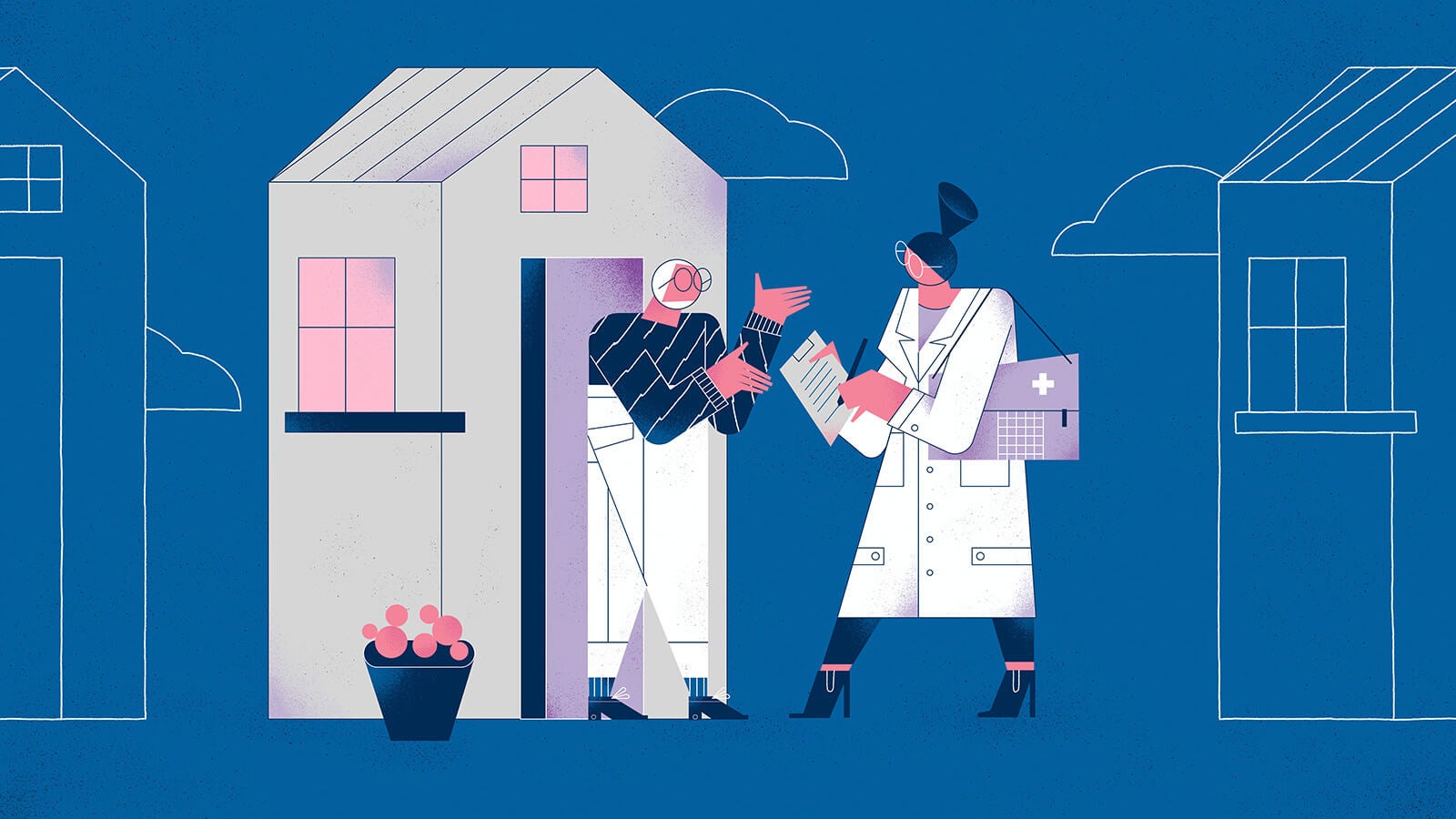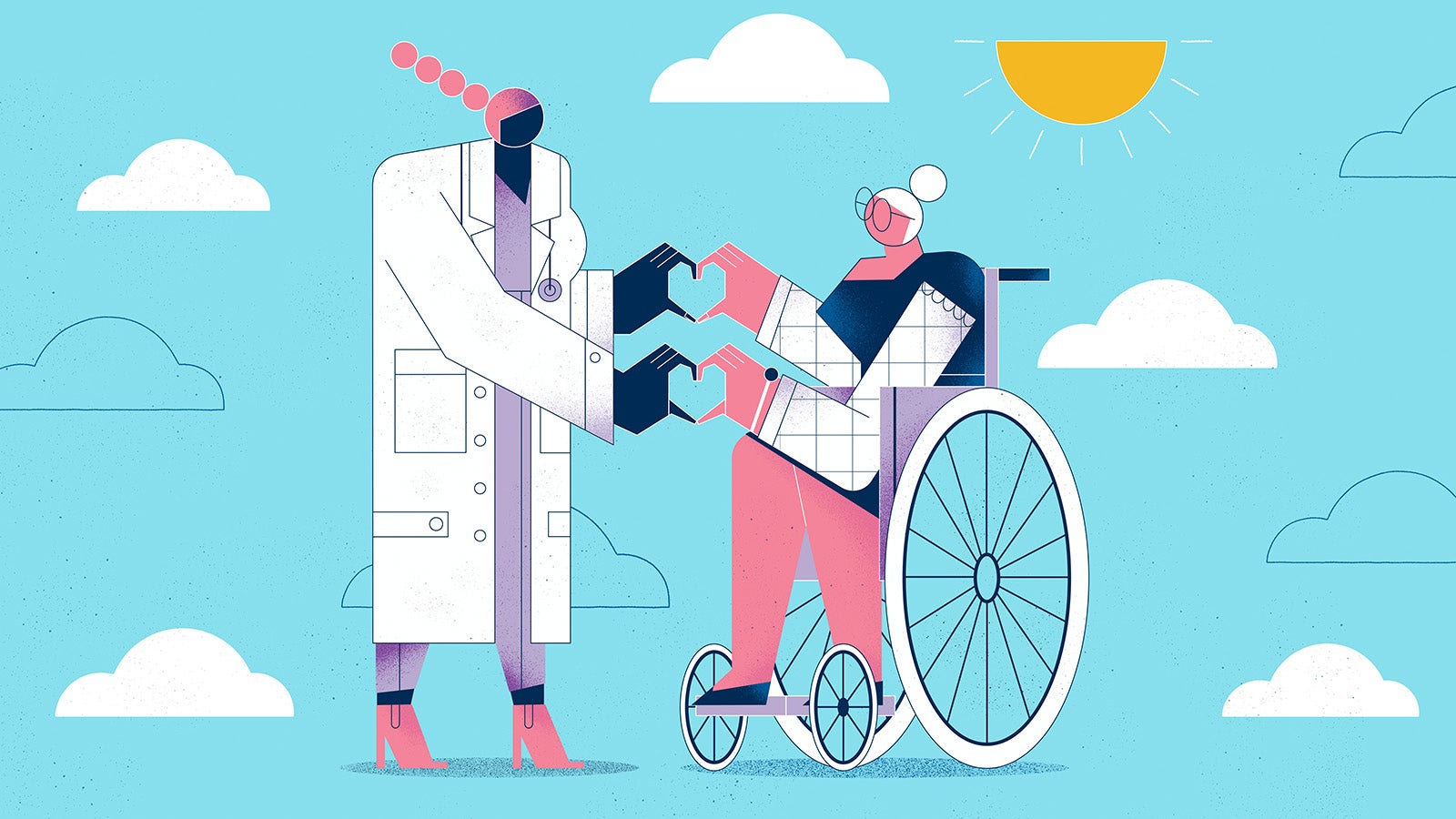A growing 65-and-older population will change health care. How big is the shift, and what services will seniors need to stay healthy?
As people live longer — and the last of the baby boom generation (born 1946-19641) hits retirement age — the average American will be older than ever. By 2034, one in five people in the United States will be 65 or older, roughly matching the size of the population under 18 for the first time in history. This older generation will reinvent definitions of aging, bringing new needs and attitudes toward health care and healthy living.
Providers will need to pay close attention in order to support older adults. The coming decades will bring the management of more chronic conditions and evolving forms of care delivery. In creating this next era, inventive approaches to medical and supportive services can break new ground — and allow Americans to age with dignity.
Download the Future of Healthy Aging infographic (PDF)
Download the Future of Healthy Aging infographic transcript (PDF)



